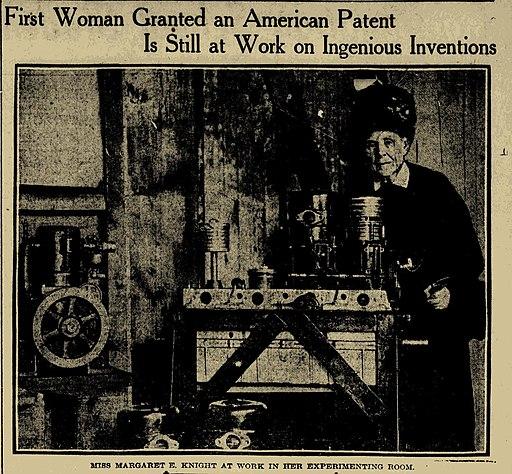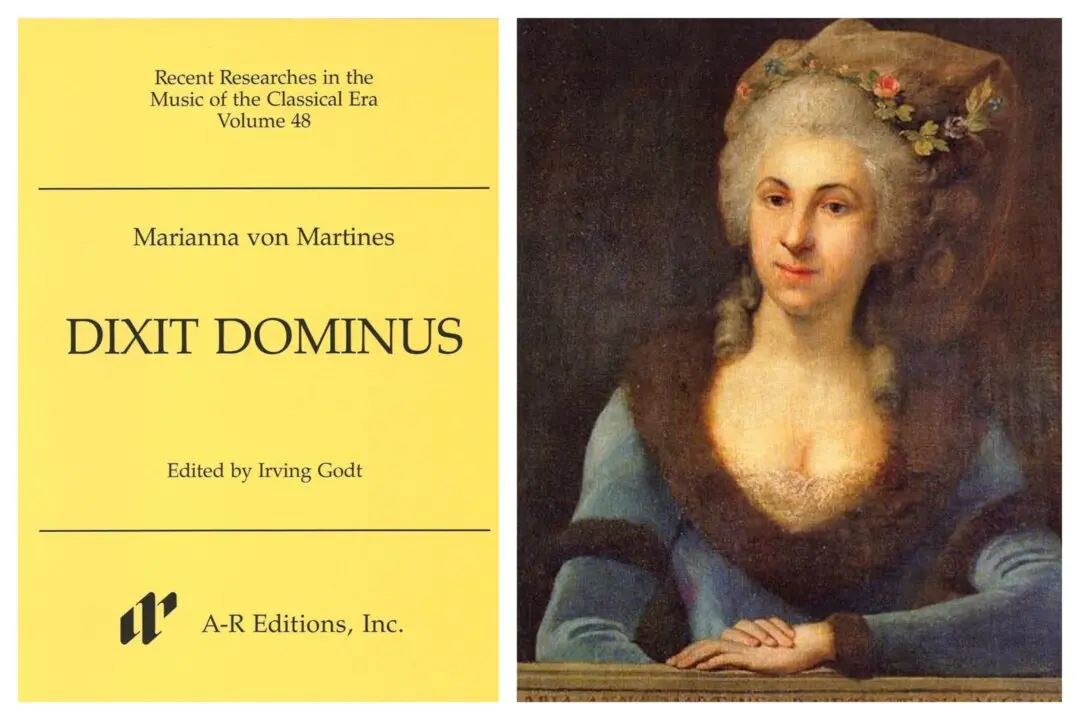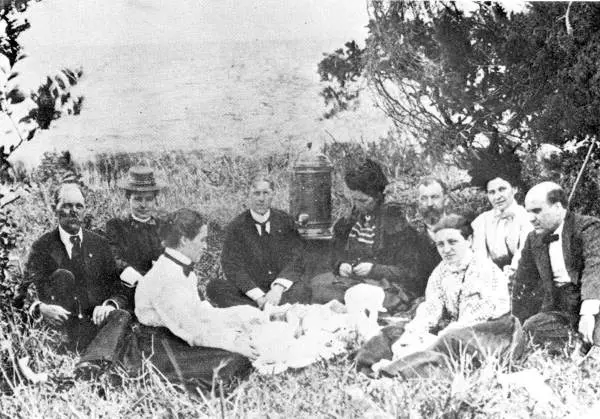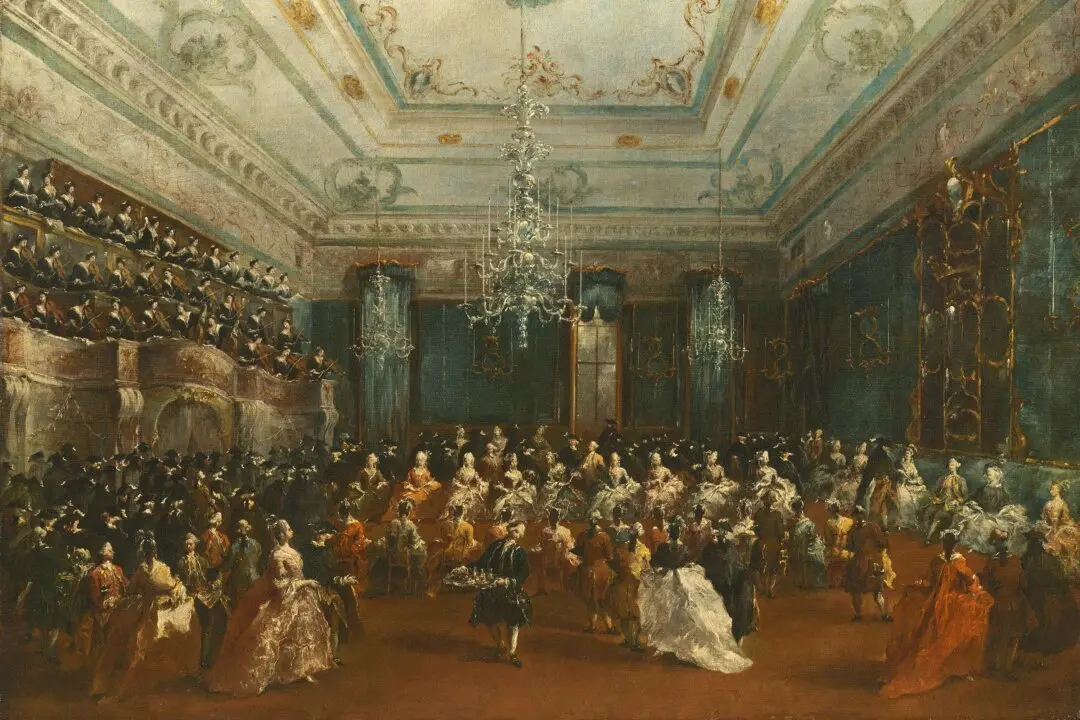If you’ve ever carried your groceries home in a paper bag, you can thank Margaret E. Knight. It is a name that you have almost certainly never heard of, associated with an invention that seems too obvious to notice. But the brown paper bag is one of many useful modern conveniences that, trivial in hindsight, was by no means self-evident before its conception. The sweat and sacrifice its creator endured to bring this apparently simple object into our lives deserves our admiration. In a time where it was assumed that women were not smart enough to invent things, Margaret Knight showed a spirited resolve to realize her ingenuity and not allow others to take credit for her original work.
Curiosity and a Toolbox
Her father died not long after she was born in 1838, leaving her family in poverty. But he left something behind—an old toolbox—and from this container the natural aptitude of young “Mattie” blossomed. She used it to build toys for her brothers and local children, later recalling, “I was famous for my kites, and my sleds were the envy and admiration of all the boys in town.” In a notebook titled “My Inventions,” she started a lifelong habit of making drawings of her ideas.At the age of 12, she left school to work in a textile mill, suffering grueling hours under appalling conditions. One day, a thread snapped on a nearby machine, causing a steel-tipped shuttle (the part of the loom used to weave threads) to break loose. A girl who lived next door to Mattie was hit in the head and badly injured, an occurrence all too common in cotton mills at the time.





